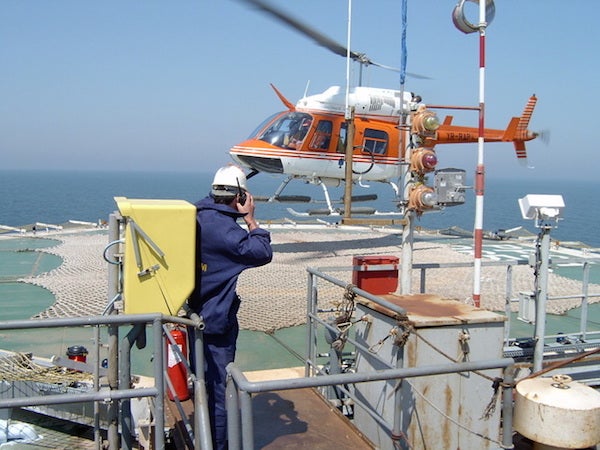This article was published in Scientific American’s former blog network and reflects the views of the author, not necessarily those of Scientific American
The world’s number one exporter of crude oil, whose economy is largely dependent on its price, shocked many last year when it submitted climate change mitigation commitments (so-called Intended Nationally Determined Contributions, or ‘INDCs’). Ahead of the UNFCCC Climate Summit in Paris last year, the Kingdom of Saudi Arabia (KSA) submitted a pledge to reduce greenhouse gas emissions for the first time: 130 million tons of CO2(equivalent) to be avoided by 2030.
This took many by surprise as KSA had in the past “thrown a wrench” into climate talks whenever possible, and was now delineating both mitigation and adaptation measures in its INDC. Some saw the submission as a watershed moment, while others questioned its substance.
According to the Climate Action Tracker, KSA’s submission is considered “inadequate”, given that its mitigation targets are contingent on the economy growing and not being adversely affected by oil prices. Based on this, KSA has the option to reduce ambitions between 2016-2020.
On supporting science journalism
If you're enjoying this article, consider supporting our award-winning journalism by subscribing. By purchasing a subscription you are helping to ensure the future of impactful stories about the discoveries and ideas shaping our world today.

Petroleum accounts for almost 80% of budget revenues in Saudi Arabia. Image courtesy of FreeImages.com
However, a closer read of the INDC reveals another possible motivation. While one might rightfully question KSA’s commitment to climate change, the country has another doomsday scenario looming: rising domestic oil consumption.
While the day KSA becomes a net oil importer is far off, the country is already the world’s seventh largest consumer of refined petroleum products, which is a remarkable fact given that the country’s population is only about 30 million people. Although Saudi Arabia's climate change intentions are somewhat murky, its intentions to reduce oil consumption and improve its trade balance are not.
Its INDC spells out energy efficiency as a priority, with the transport sector as a big oil consuming target. Action items for transport climate change mitigation and adaptation include:
Energy efficiency standards in transportation
“Urban planning: Encourage actions that promote the development and use of mass transport systems in urban areas. Take the necessary actions to expedite the development of the metro system in Riyadh. In addition support and expedite the planning and development of metro systems in Jeddah and Dammam.”
“…transportation technologies that are resilient to the adverse effects of climate change while reducing and/or capturing transportation-related emissions.”
These actions might also be questioned in terms of sincerity or timeline for implementation, yet in another surprising move, KSA recently became the first country in the Middle East to introduce fuel economy standards, effective January 1, 2016. According to the Global Fuel Economy Initiative,
The Kingdom of Saudi Arabia (KSA) announced new light-duty vehicle (LDV) fuel economy standards in November 2014 for all new and used passenger vehicles and light trucks, whether imported from outside or manufactured in Saudi Arabia. They will be effective as of January 1, 2016, and will be fully phased in by December 31, 2020. A review of the targets will be carried out by December 2018, at which time targets for 2021–2025 will be set.
The metro systems are moving forward in Riyadh, Jeddah, and Dammam. And as for the transportation adaptation considerations, the fact that Saudi Arabia is even considering adaptation measures for transportation is something that puts it far ahead of the curve. In fact, out of all countries to submit INDCs, only 5% had transport adaptation named as a concern.
Whatever the motivations, KSA seems to be legitimately moving to temper its domestic oil consumption, and in doing so, might end up supporting climate change mitigation and adaptation at the same time. Will Saudi Arabia have an impact on other countries in the region and elsewhere? Could be. As a former oil minister of Saudi Arabia once said,
“The Stone Age did not end for lack of stone, and the Oil Age will end long before the world runs out of oil.”